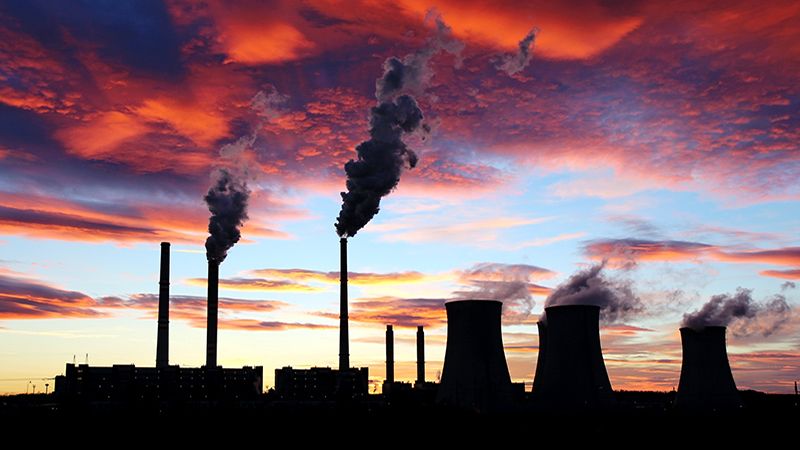Institutional investors held $4.3trn in bonds and shares of fossil fuel companies as of May 2024, according to investment data from the 2024 edition of Investing in Climate Chaos, published by Urgewald and 15 NGO partners.
The research – which features data from Urgewald’s Global Coal Exit List (GCEL) and Global Oil & Gas Exit List (GOGEL) – also found that almost $4trn of the identified institutional investments are in companies actively developing new fossil fuel assets.
Investors and asset managers from 10 countries are responsible for 91% of institutional investments in the fossil fuel industry – the US, Canada, Japan, the UK, India, China, Norway, Switzerland, France and Germany.
Unsurprisingly, given the US institutional investors collectively account for 65% of total institutional investments in fossil fuel companies, the world’s four biggest investors in fossil fuels are all headquartered there. This includes Vanguard – who “staunchly refuse to adopt any fossil fuel restriction policy” and “consistently votes against climate resolutions in the companies they own” – with $413bn in coal, oil and gas holdings, BlackRock, with fossil fuel investments of $400bn, State Street ($171bn) and Capital Group ($165bn).
“If institutional investors continue backing companies still expanding their coal, oil and gas operations, it will be impossible to phase out fossil fuels in time. Investors need to draw a red line on fossil fuel expansion and do it now,” said Katrin Ganswindt, head of financial research at Urgewald.
European investors
According to the research, European institutional investors collectively hold $554bn in stocks and bonds of fossil fuel companies, accounting for almost 13% of total institutional investments in fossil fuels.
Europe’s largest fossil fuel investor is the Norwegian Government Pension Fund Global (GPFG), with investments of over $70 billion in companies listed on GCEL and GOGEL. Nine years ago, the GPFG was one of the first large investors to move on coal, but today it is lagging far behind many of its European peers, which have adopted far stricter policies and set dates for a complete phase-out of their coal investments.
The GPFG is the 16th largest coal investor worldwide and the 7th largest institutional investor in the oil and gas industry. Its single largest fossil investment of over $6bn is in the oil major Shell. In spite of a landmark court judgment ordering Shell to reduce its carbon emissions by 45% by 2030, the company is still exploring for new oil and gas reserves in 40 countries.
Europe’s second-largest institutional fossil fuel investor is the Swiss bank UBS ($45bn), LGIM from the UK ($32 bn), France’s Credit Agricole and its asset manager Amundi ($31bn), Germany’s Deutsche Bank with its asset manager DWS ($25bn) and the German insurer Allianz ($24bn).
While Allianz has adopted a strong coal exclusion policy and taken first steps on oil and gas, these policies do not apply to its US-based asset manager PIMCO, which manages the largest share of Allianz’s fossil fuel investments.
Lack of progress since COP26
Meanwhile, despite COP26 delegates agreeing to “accelerate efforts toward the phasedown of unabated coal”, 5,260 institutional investors continue to hold bonds and shares of coal companies, according to the research.
“Many of these investors claim to be engaging the industry, but their engagement efforts have negligible impact. Over 95% of companies on the GCEL have failed to set a coal exit date and 40% are still planning to develop new coal assets,” asserted Ganswindt, who went on to say that investments in these companies “are blocking the energy transition”.
Likewise, at COP28 in Dubai, the international community agreed to “transition away” from fossil fuels, yet 96% of oil and gas producers are still exploring and developing new oil and gas reserves, and the industry has increased its annual capital expenditure on oil and gas exploration by more than 30% since 2021.
“7,245 institutional investors are locking us into a high-carbon future through their investments in an expanding oil and gas industry,” concluded Ganswindt.








